Shanghai Girls by Lisa See examines the relationship between sisters, May and Pearl, their immigration story from Shanghai, China, to Los Angeles, Calif., and the political changes between the 1930s and 1950s. Pearl was born under the sign of the Dragon, and May was born under the sign of the Sheep. Do these signs define who they are? Will they guide their fate?
“Mama insists May and I couldn’t change who we are even if we tried. May is supposed to be as complacent and content as the Sheep in whose year she was born. The Sheep is the most feminine of the signs, Mama says. It’s fashionable, artistic, and compassionate. The Sheep needs someone to take care of her. . . I have a Dragon’s striving desire, which can never be properly filled. ‘There’s nowhere you can’t go with your big flapping feet,’ Mama frequently tells me. However, a Dragon, the most powerful of the signs also has its drawbacks. ‘A Dragon is loyal, demanding, responsible, a tamer of fates,’ Mama told me. . . ” (Page 9 of the hardcover)
Considering themselves modern Chinese ladies in Shanghai and shunning the old ways of their ancestors, Pearl and May become painted, beauties on calendars that sell products ranging from tobacco to other household goods. Pearl has a crush on the painter who makes the calendars, and despite being the older sister, often loses sight of her sister’s actions and whereabouts. Soon, their world is blown apart when the secrets of their father’s gambling are revealed and they are sold into arranged marriages with Chinese-Americans. Still, these young sisters dream of escape and willfully defy their parents’ wishes, only for the fates to step in and force them to honor their original plans to meet their husbands in America.
The ravages of war hit home in Shanghai as the Japanese invade China, and the Communists flee to the hills of China. Lisa See deftly interweaves the political backdrop of China and the world at large behind the more present plight of the Chin sisters. Through a series of twists and turns that mirror the rise and fall of political powers across the globe, Pearl and May face adversity together, but both emerge vastly changed. Reminiscent of Amy Tan‘s writing about mothers and daughters, particularly the clashes of old and new cultures, See grabs hold of the sisterly relationship to shed light the joys, sorrows, painful moments, and sacrifices that only sisters can share and feel deep down to their core. Larger issues of discrimination and political dissension also are prevalent themes.
Overall, Shanghai Girls is a deep novel that will lend itself to animated discussion among book clubs. Readers will enjoy unraveling the family secrets of the Chin women and their new families, and be exposed to the intricate and complex political and social dynamics of some of the most turbulent times in world history. Not only have these women grown through adversity and sacrifice, but they are sent on a journey to discover what it means to be family.
How I’ve missed reading Lisa See before, I have no idea. But she’s an author I hope to read more of in the future.
To Enter to win 2 copies of Shanghai Girls by Lisa See (U.S./Canada only):
1. Leave a comment on this review about what intrigues you about this novel.
2. Leave a comment on my interview with Lisa See.
3. Blog, Tweet, Facebook, etc. the giveaway.
Deadline is Jan. 26, 2010, at 11:59PM EST
About the Author:
Lisa See is the New York Times bestselling author of Peony in Love, Snow Flower and the Secret Fan
, Flower Net
(an Edgar Award nominee), The Interior
, and Dragon Bones
, as well as the critically acclaimed memoir On Gold Mountain
. The Organization of Chinese American Women named her the 2001 National Woman of the Year. She lives in Los Angeles, California. Please check out her Website. Read an excerpt of Shanghai Girls
, here, and for book clubs, there are discussion questions.
I also interviewed Lisa See, here.
This is my 4th book for the 2010 New Authors Challenge.
If you are interested in the rest of the tour stops for Shanghai Girls by Lisa See, I encourage you to check out the TLC Book Tour site.
FTC Disclosure: I received my free copy of Shanghai Girls by Lisa See from Random House and TLC Book Tours for review. Clicking on title and image links will lead you to my Amazon Affiliate page; No purchase necessary, though I appreciated.




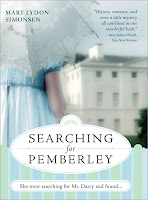
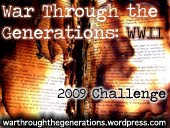
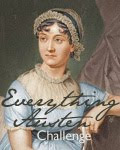


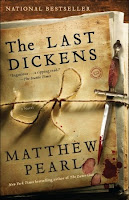

 Margaret Campbell Barnes’
Margaret Campbell Barnes’ 






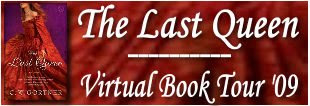


 Welcome to the April
Welcome to the April 





